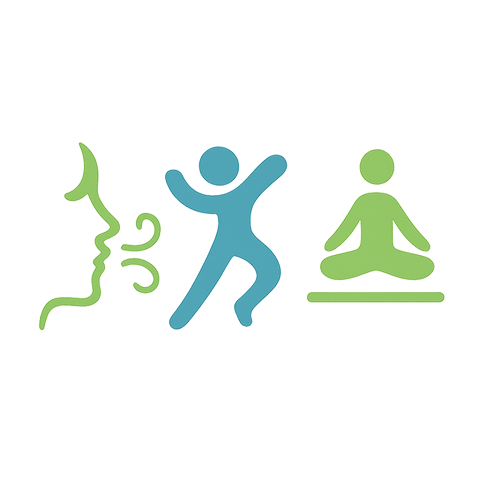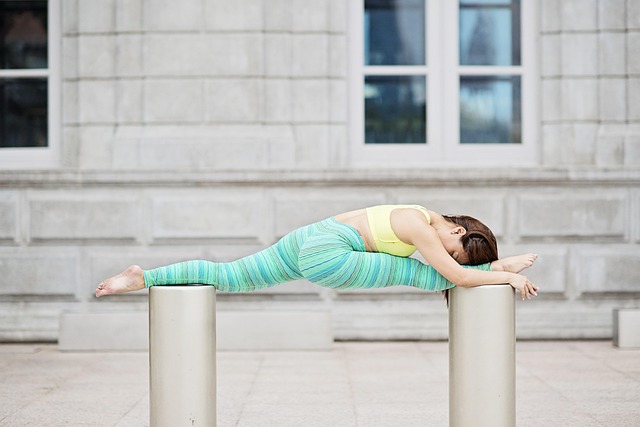When we think about improving our fitness routines, we often focus on stamina, strength, or even flexibility. However, there’s a crucial element that many overlook: muscle stabilization. This concept plays an integral role in not just enhancing performance, but also ensuring overall mobility and long-term health.
Understanding muscle stabilization can feel like opening a door to a realm of possibilities in your physical activity. It involves the ability of your muscles to maintain control of your movements and posture, especially during challenging tasks or exercises. Think about it—when you’re performing a squat, a lunge, or even a simple stretch, the stability of your muscles serves as the foundation. Without this control, your body could be more prone to injuries, compromising your fitness goals.
Incorporating muscle stabilization training into your routine can help drastically improve your athletic performance. It enhances strength not just in isolation, but in the dynamic movements we execute daily. The incorporation of exercises like planks, balance training with unstable surfaces, and core engagement drills can build your muscle’s stabilizing capabilities. These elements are essential as they encourage better coordination, reduce the risk of injury, and enhance the body’s efficiency during movement.
Moreover, focusing on muscle stabilization is vital for mobility. As we age, our range of motion can diminish, making daily activities more challenging than they need to be. By fortifying the stabilizing muscles around our joints, we enhance our mobility, giving us the freedom to enjoy life’s little activities without the fear of strains or discomfort. It’s about finding joy and ease in movement.
What many don’t realize is how muscle stabilization also correlates directly with our health. By nurturing our body’s structural integrity, we foster better biomechanics, which ultimately helps in tackling chronic pains that can arise from imbalances and weaknesses. Training these stabilizing muscles aids in maintaining proper alignment throughout the body, which can alleviate stress on joints and improve posture.
The journey towards mastering muscle stabilization is a continuous one. Each training session becomes a step towards a more resilient and adaptable body. As we engage in activities that challenge our stability—be it through yoga, pilates, or resistance training—we discover our body’s innate capacity to grow and adapt. By prioritizing this component in our fitness routine, we actively work towards a healthier, more mobile lifestyle.
So, if you’re looking to enhance your fitness routine, don’t forget to pay attention to muscle stabilization. It’s not just about lifting heavier weights or running faster; it’s about building the foundation that will support all your physical endeavors. As you integrate these practices into your training, you may find that they lead you to new heights in your mobility, fitness, and overall health.




